Analysis
How Political Instability in Turkey Negatively Impacted the Art Market
Art dealers grapple with the country's bleak, anxious mood.
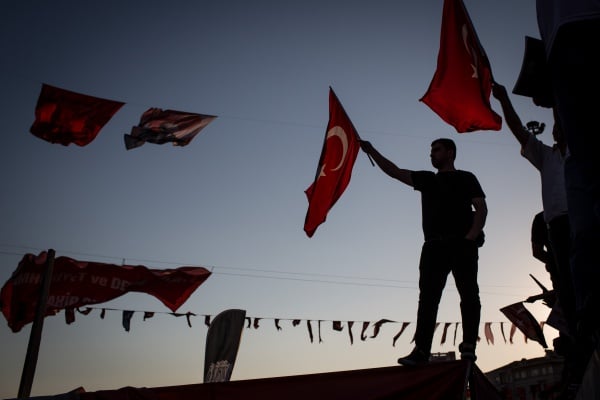
Art dealers grapple with the country's bleak, anxious mood.

When Istanbul art dealer Kerimcan Güleryüz decided to host a barbecue at his Beyoglu district gallery, Empire Projects, on the evening of Friday, July 15, it was not pegged to a particular exhibition or opening, but was more of an impromptu event.
“We had just had a week off for the religious vacations and a lot of people had returned to Istanbul,” Güleryüz explained to artnet News in a phone interview from Istanbul. “We just wanted to have a general get-together to try and throw off some pressure after an already tense period thanks to the Istanbul airport explosions.”
But a few hours into the party on the balcony of the gallery—around 10:15 local time—Güleryüz said his assistant let him know there was some strange news afoot and everyone became glued to their cell phones as it became apparent that the attempted military coup was unfolding.
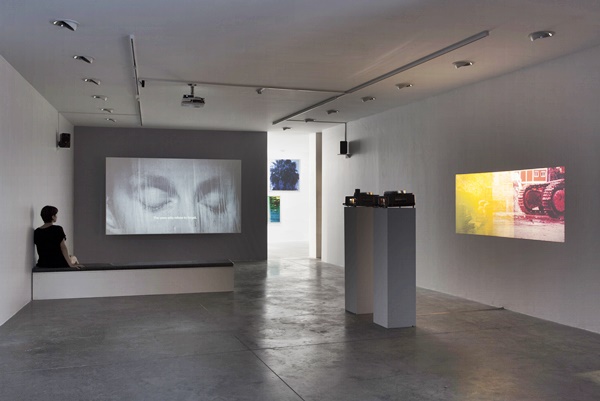
Installation of solo show of Basim Magdy “the ones who refuse to forget” (2015) at artSümer. Courtesy of the artist and artSümer, Istanbul.
“The initial general reaction was, of course, disbelief,” said Güleryüz. “A lot of us suspected, at first, that it was bogus. As we received more information we started to hear the helicopters flying over and the occasional sound of high-caliber weapons being discharged. At the time we were all unaware of the level of nationwide clashes between the coup and security forces.”
The failed military coup is just the latest in a a wave of violence and a string of attacks that has left the entire country reeling. It only further deepened the anxiety and tension that many in Turkey have been feeling for months now.
Amid the turmoil, organizers of the nascent Art International—which was introduced in 2013 by impresario Sandy Angus, and took place at the Haliç Convention Center, on the banks of Istanbul’s Golden Horn—announced in April that it would cancel this year’s edition.
That leaves just one major fair—the decade old Contemporary Istanbul—in place on the calendar for November 13—16 at the Istanbul Congress Center. Observers are wondering—amid grumbling from some dealers about high fees there and the difficulties of drawing an international crowd right now—how things will shape up.
Art experts both inside and outside of the country are trying to make sense of the art market right now with respect to both Turkish artists and Turkish collectors.
“Any type of political and economical instability, affects the art market,” Haldun Dostoglu, founder of Galerie Nev, Istanbul, told artnet News via email. “The art market is like the shore front, which the wave first hits upon and the last place the wave leaves from. So of course, recent events are having, and will have, an effect on the industry.”
“Selling art will be the crucial part that gets affected,” said Asli Sümer, founder and director of artSümer in Istanbul. “We have already been operating in a difficult market and country. We wake up to new news everyday and this is having very negative effects on people’s psychology. Art is supposed to make you feel good, yes; but this conscience is not very prevalent. A very limited number of collectors that I know keep their passion for art away from the negativity of the real world. I hope the number of collectors like this will increase and not decline.”
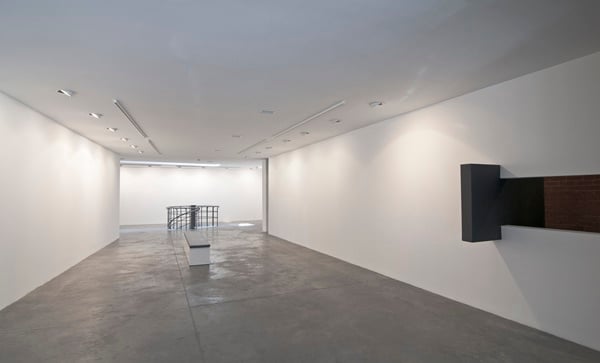
The space at artSümer in Istanbul. Courtesy of artSümer, Istanbul.
Sümer, Güleryüz, and Dostoglu are part of the unofficial organizational committee for the Contemporary Art Galleries Collective (Cagdas Sanat Galericileri Dayanismasi), a group of top Turkish galleries who have been talking about organizing a gallery weekend similar to the model of Gallery Weekend Berlin.
Güleryüz, who takes a critical view of Contemporary Istanbul after supporting it since its inception, sees this as a potential alternative: “I’ll be really curious to see what happens with Contemporary Istanbul this year. Quite a lot of the Turkish exhibitors have decided not to take part in the next exhibition for one reason or another. Times are really tight—it’s not a unique thing to Turkey but all galleries are fighting to pay their rent and stay alive. In the midst of this, when you have what was the premier art fair in Istanbul increasing their booth fees, it puts the galleries between a rock and a hard place.”
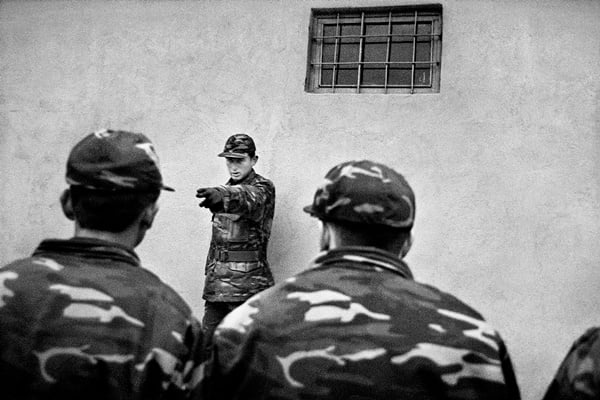
Alp Sime, Someone Else. Courtesy of the artist and Empire Projects, Istanbul.
“We are lucky that it is summer time,” adds Dostoglu. “By September the tension grasping the throat of Istanbul will have calmed down.”
“We as gallerists in Istanbul are talking almost on daily basis,” said Sümer. “We are working on collaborations and actually are in the process of organizing an event for the beginning of the season,” said Sümer. “We will probably take slower steps in this case but there will be more solidarity to keep the spirits up and keep the market going.”
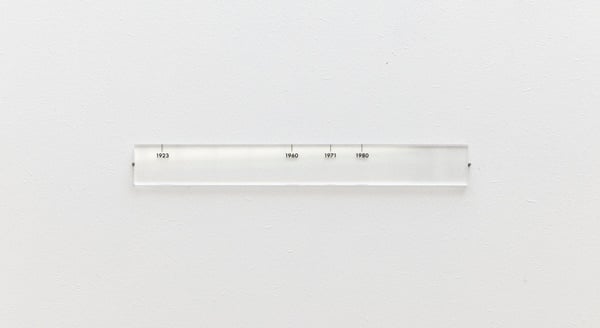
Cevdet Erek, Ruler Coup (mini) (2011), produced for the 12th Istanbul Biennial. The “Ruler” series shows the dates of the foundation of the Turkish Republic and of the 3 military coups. Courtesy of the artist and mor charpentier, Paris.
“The Turkish market is going through a real Darwinian winnowing right now,” said Güleryüz. “It’s really turning into a survival of the fittest kind of situation.”
Leila Heller, who runs galleries in New York and Dubai, is on the selection committee of Art International and says fair organizers are committed to bringing the event back to Istanbul in September 2017, where it will coincide with the Istanbul Biennial.
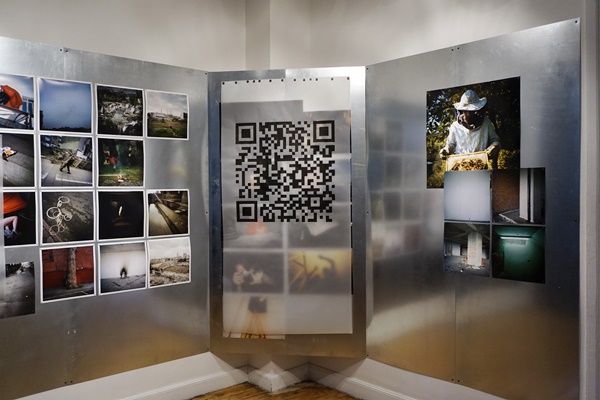
Ali Taptik, Redeployment 1 Courtesy of the artist and Empire Projects, Istanbul.
“Our reasoning [for postponing this year] is that we are much more an international fair,” said Heller. “We have only 10 Turkish galleries and about 54 international galleries. We also have a huge VIP collector base that we bring to Turkey. Even if every single gallery participated we still have to think about the huge exposure we guarantee by promising this big international VIP group and we couldn’t guarantee that anymore. That’s why we decided it’s best just to take a breather and do a much bigger and better fair during the biennial.”
Heller adds that the Turkish collector base itself has grown by leaps and bounds in recent years. “I remember five years ago at Art Basel maybe eight Turkish collectors formed a main core. Now you have like 70 collectors coming.” Heller estimates that about 15 of the collectors she was speaking of, buy international art and she says she has not seen commitment waver amid the recent turmoil.
Paul Kasmin Gallery senior director Nick Olney told artnet News that the gallery, which represents Turkish art star Taner Ceylan and held a highly successful solo show of his work at Art International in 2014, remains committed to returning when the fair resumes. Though Ceylan is of course well known in Turkey, it is perhaps telling that he does not have local representation at any Turkish galleries.
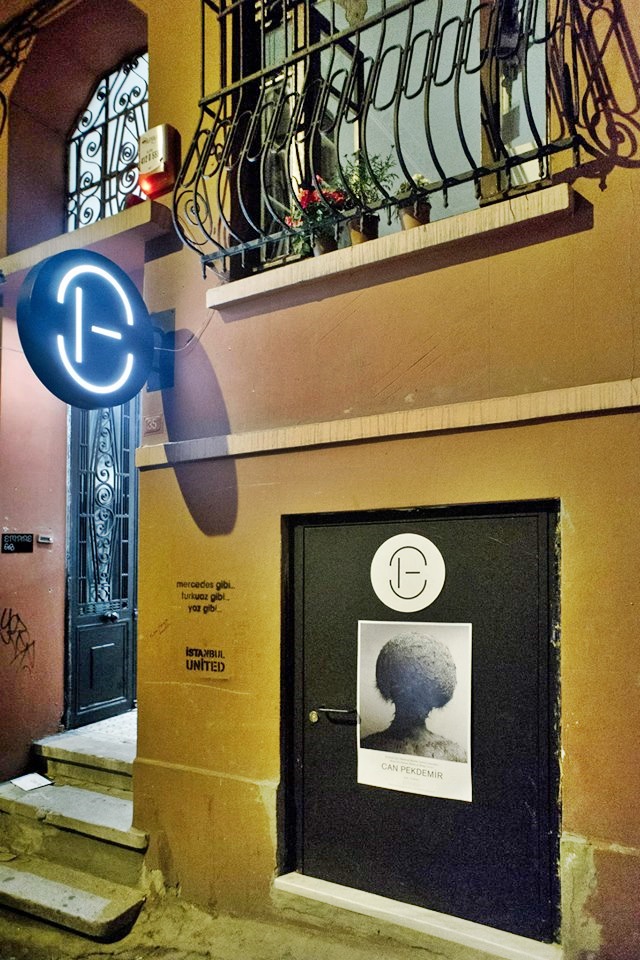
Empire Projects in the Beyoglu district of Istanbul. Courtesy of Kerimcan Güleryüz and Empire Projects, Istanbul.
Olney also noted that work by American artist Walton Ford and Chilean artist Ivan Navarro found an eager audience and buyers in Istanbul at the gallery’s subsequent Art International appearance in 2015.
“Art International was a great fair for us,” said Olney. “So we’re looking forward to continuing with it and certainly the will is there if they come back next year. For all of us who do business with Turkey, who represent artists based there, and work with collectors there, it’s really important to go and continue our support. These are troubling times but they’re going to get through it. It’s important that the artistic and creative community is not cut off from the rest of the world.” Olney adds that the gallery is in touch with collectors in Turkey on a regular basis and says “they remain active.”
One upshot that dealers and observers all seem able to agree about is the continued output from artists. “In terms of making of art,” said Sümer, “I think this is a time when artists will dig into the concept of reality and what their art stands for. So my take on this is that there will be a positive effect on the quality of art. Also, I know that most artists are burying themselves in art-making rather than the opposite to hold on.”
Güleryüz conjectured that the situation will create an opportunity for Turkish contemporary art to be visible on an international scene in ways other than just small art fairs.
“As galleries, here, we understand that we’re doing one of the toughest jobs,” said Güleryüz. “Because on the surface of it to most people, it’s completely unnecessary when they look at it in terms of a commodity. But when we’re talking about it in forms of expression and thought and idea and really representing what it is that is valuable, we have a very important job to do and I think it’s more essential now than it ever has been.”